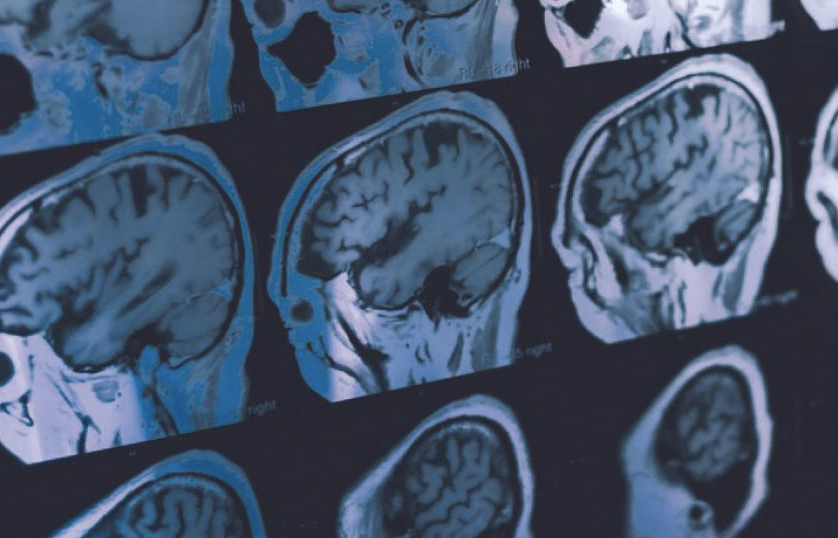Today was the start of the first conference our team is attending in 2021 and the 1st edition of the International Society for Frontotemporal Dementia Congress. As the name indicates, the next few days days will enable scientists across the world to come together to present and discuss the latest advances in FTD research. Many collaborations between these researchers exist already, such as our very own GENFI. However conferences such as these enable the community to draw a summary of where we are up to in the field in order to identify our future directions.
The field of FTD research is at the point of no return; clinical trials have either just started or on the brink of doing so. This is a major turning point as we will start collecting valuable data on the effects various drug interventions have on the disease course. Are they efficient? This is the question that we are working towards answering and in order to ascertain this, we need to have reliable biomarkers of the disease. These are changes (biological, behavioural, cognitive, brain structure or function) which will serve as indicators of whether the disease is slowing, stopping, or still progressing.
Today’s talks encompassed various elements, from how to dissociate psychiatric from neurodegenerative symptoms to the use of novel imaging methods to tap into the underlying brain connectivity and neurophysiological changes which occur in FTD. A few speakers shared their research on assessing social and emotional cognition in people with FTD, highlighting the difficulty in measuring such deficits: how can we do this in a sensible way cross-culturally whilst also ensuring consistency across the globe? Some discussions were centred around labels given as diagnoses; should “semantic dementia” be used to designate individuals without primary language deficits but who do not fit the criteria for behavioural variant FTD either? Moreover, researchers put forward new ways of assessing brain changes on a global scale as well as how to develop new predictive models of longitudinal brain changes.
In the last part of the session, speakers discussed fluid biomarkers which have recently shown potential as therapy outcome measures such as neurofilament light chain, a protein usually expressed in neurons, but which can be found in the cerebrospinal fluid of people with FTD. Finally, a novel model was put forward which includes such biomarkers, an individual’s age and the average age at onset of symptoms of patients with the same mutation, to predict individuals’ estimated age at which they will develop symptoms.
What a great start to the event! The team is already bustling with queries, ideas and suggestions of how we could integrate these interesting new methods and findings into our own research. We are looking forward to further talks and discussions in the next few days!

